Sadly lost to the mists of time the Wayback Machine, here’s NVIDIA’s recreation of the Apollo 11 moonwalk – complete with accurate, conspiracy-busting lighting!

A Little More Web Kipple
Sadly lost to the mists of time the Wayback Machine, here’s NVIDIA’s recreation of the Apollo 11 moonwalk – complete with accurate, conspiracy-busting lighting!

It’s the 185th anniversary of the fire at York Minster on 20th May, 1840 and here’s a print to mark the occasion!
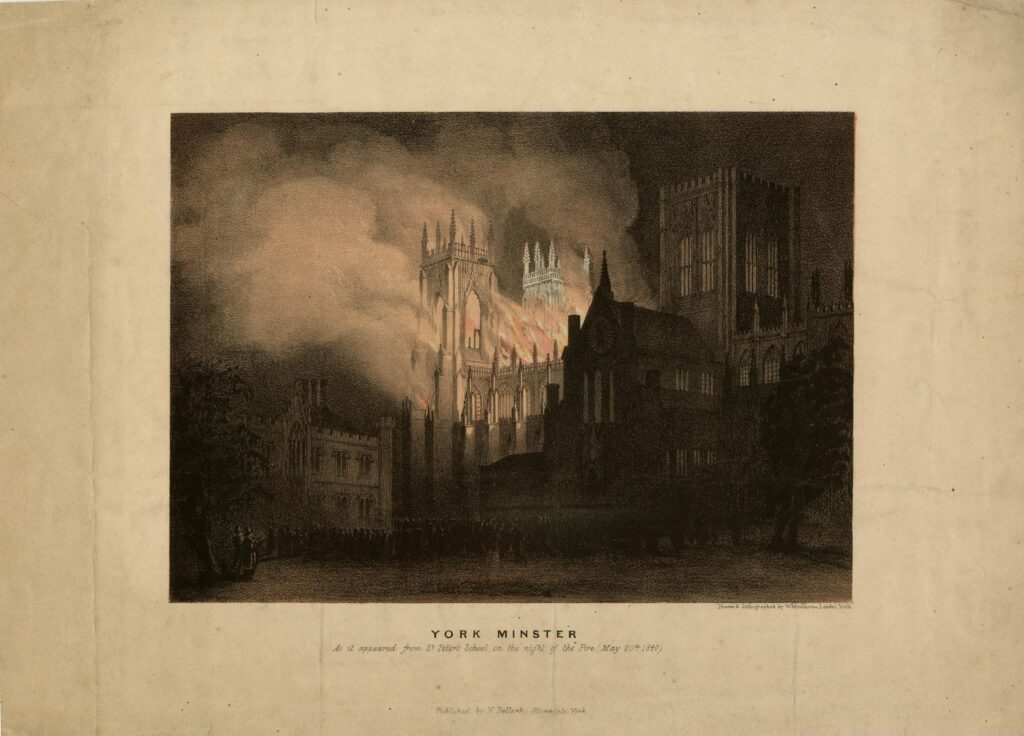
An interesting historic look by ITN at monitoring Mao’s China from 1967.
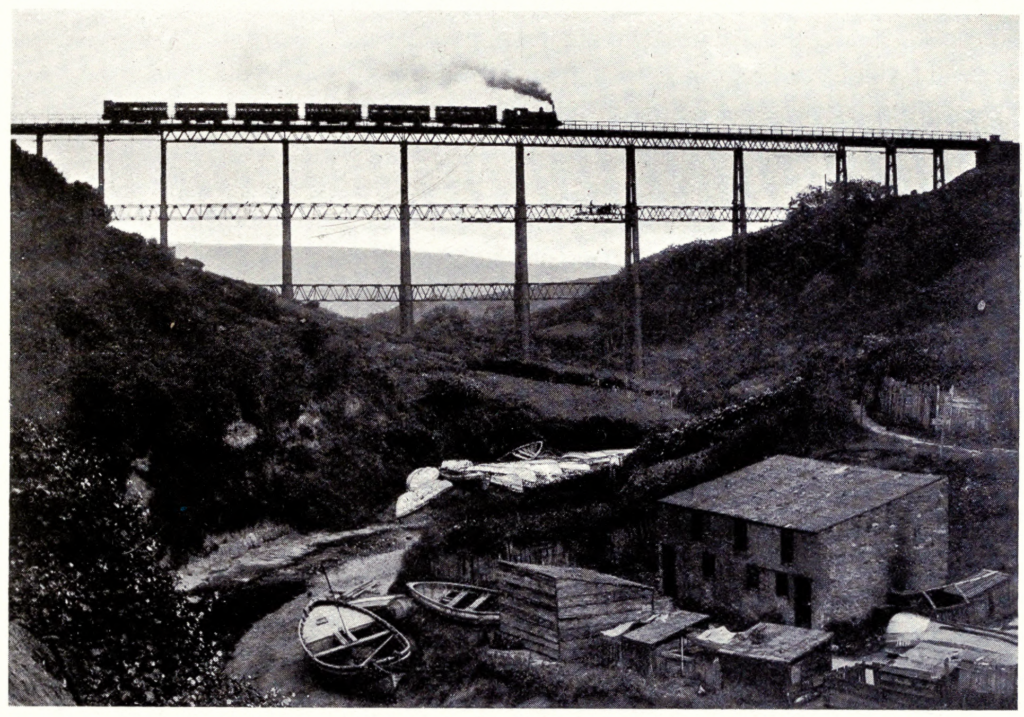
A little more from my trawl through “The North Eastern Railway – Its Rise and Development“ – this time it’s a nice (and, as far as I can tell, unique) shot of the Whitby, Redcar and Middlesbrough Union Railway’s viaduct over Staithes Beck, just south of the village itself.
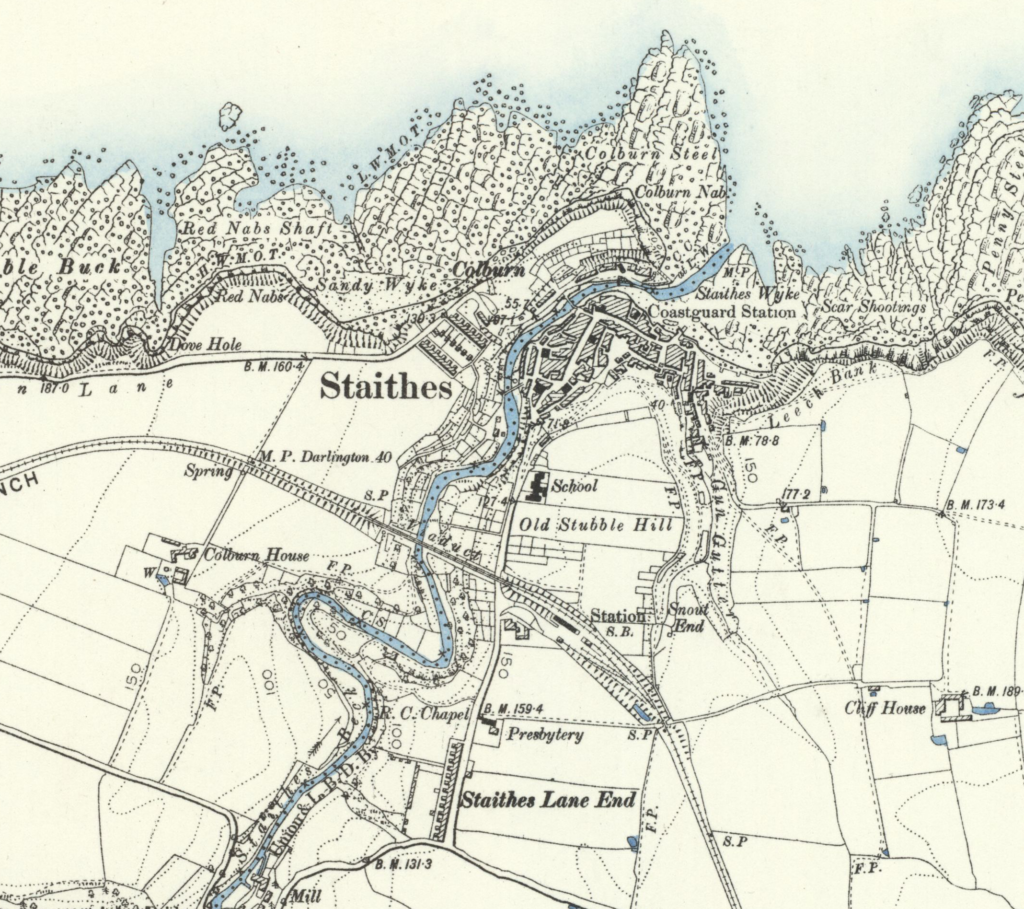
Described as a ‘light iron viaduct of novel construction’, it has an almost American feel to it and looks very out of place look to the modern eye. Given the failure of that particular line – even before the car and the van out competed it – It’s certainly not something we’ll ever see rebuilt again.
Not quite a Tour of Old York but, whilst scrabbling around in the Internet Archives library, I came across two rather wonderful illustrations of the first York station and the sidings that used to extend towards Lendal Bridge.
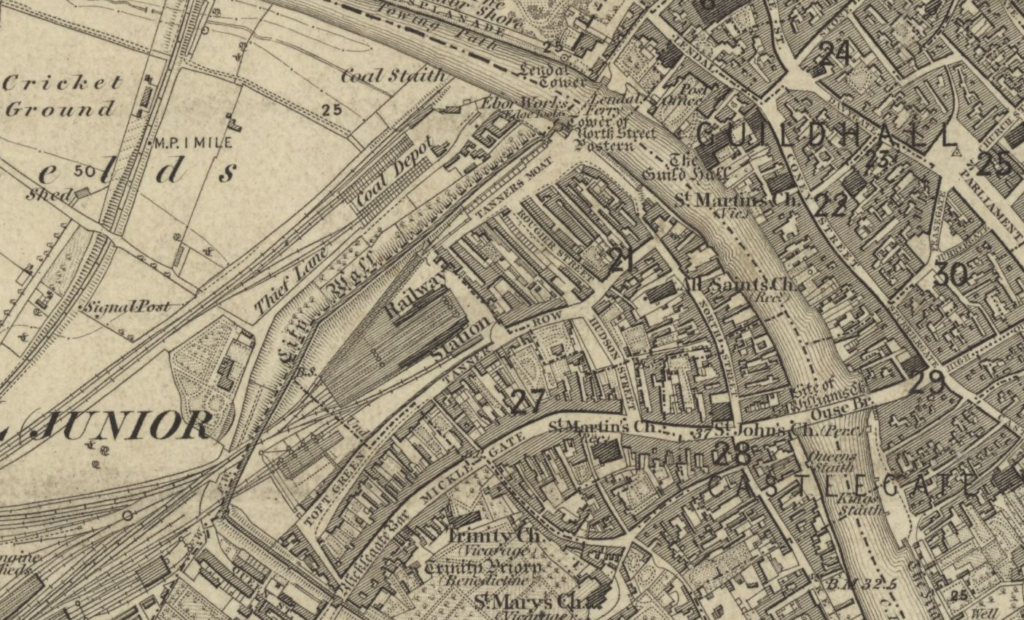
It’s time for another little update and this time it’s 238 Ordnance Survey maps of various towns and cities across North Yorkshire.
Interesting map sets include:

It’s time for another little update and this time it’s 182 maps of Cardiganshire taken from the ‘Ordnance Survey Maps – 25 inch England and Wales, 1841-1952’ series.
Interesting places covered this update include:

And onto another Tour of Old York. This time our video comes courtesy of the British Pathe YouTube channel and brings us two and one quarter minutes of footage of York shot between 1930 to 1939.
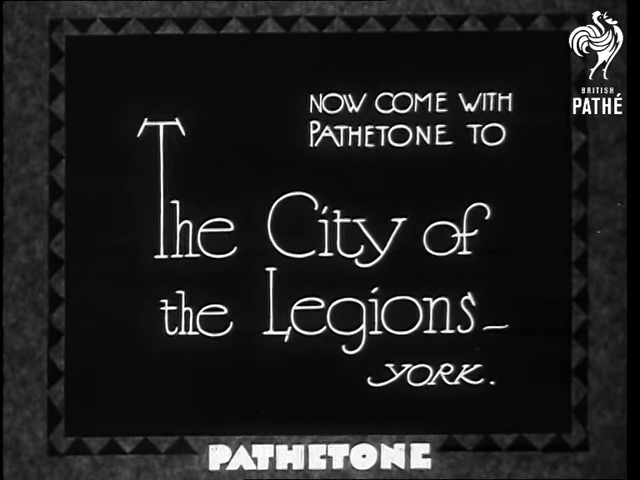
PNAS has an interesting paper on using AI and Machine Learning to try and identify new Nazca Pampa geoglyphs in the Peruvian Nazca Desert. It’s a fun little lunchtime skim with a few nice images of some of the newly found geoglyphs.
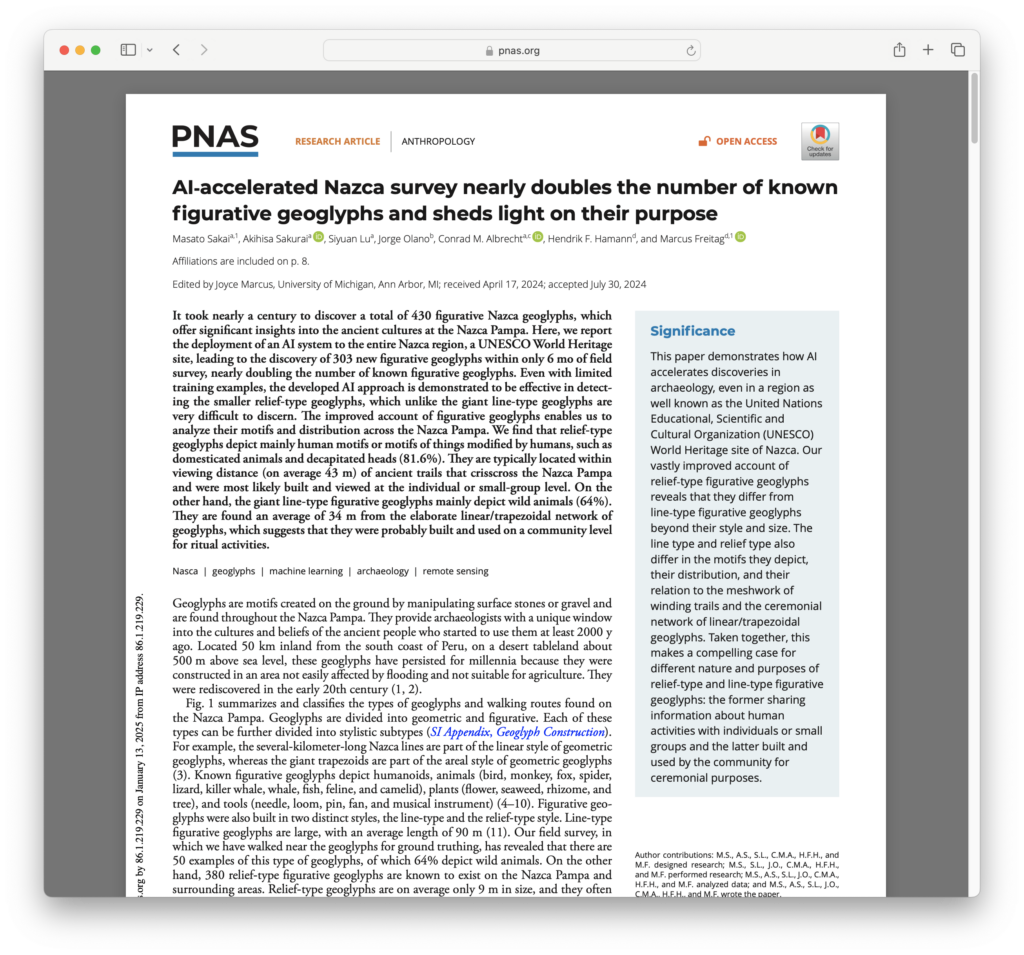
So here’s something of an oddity; the Oxford English Dictionary thinks the word ‘Anglosphere’ is a mere thirty years old this month.
